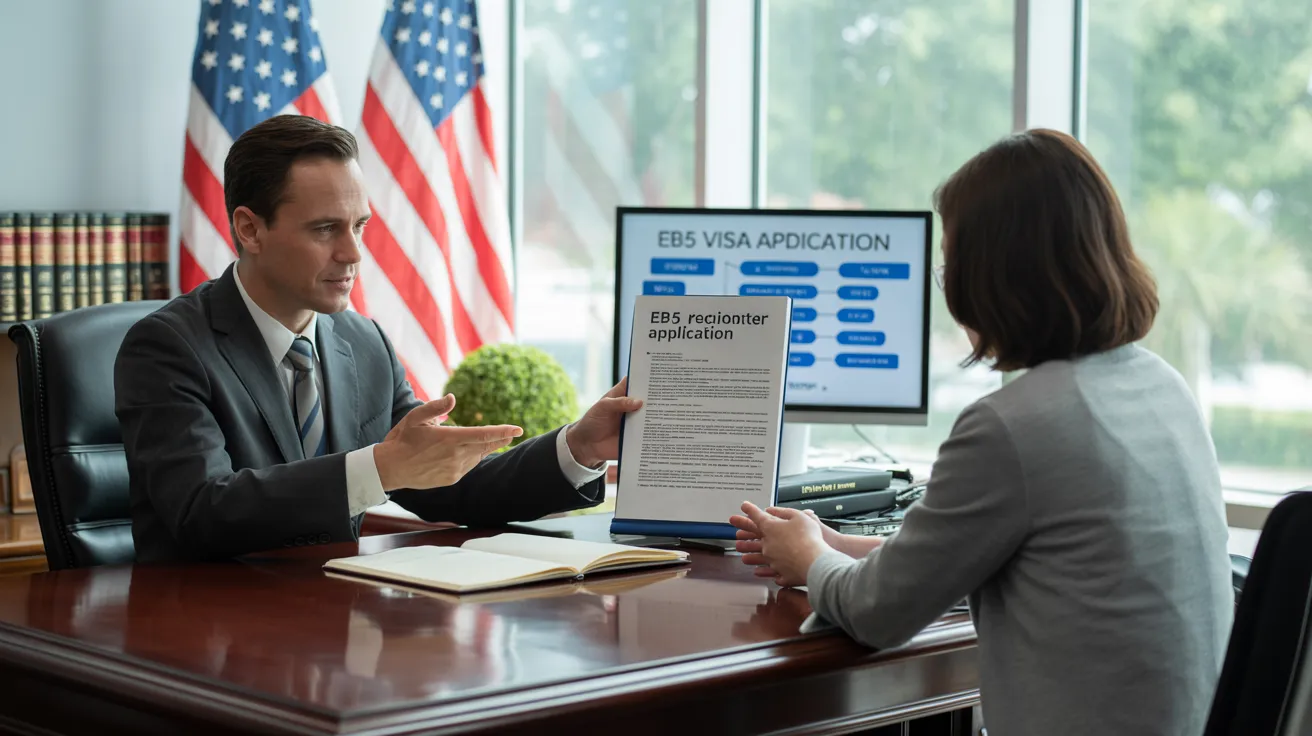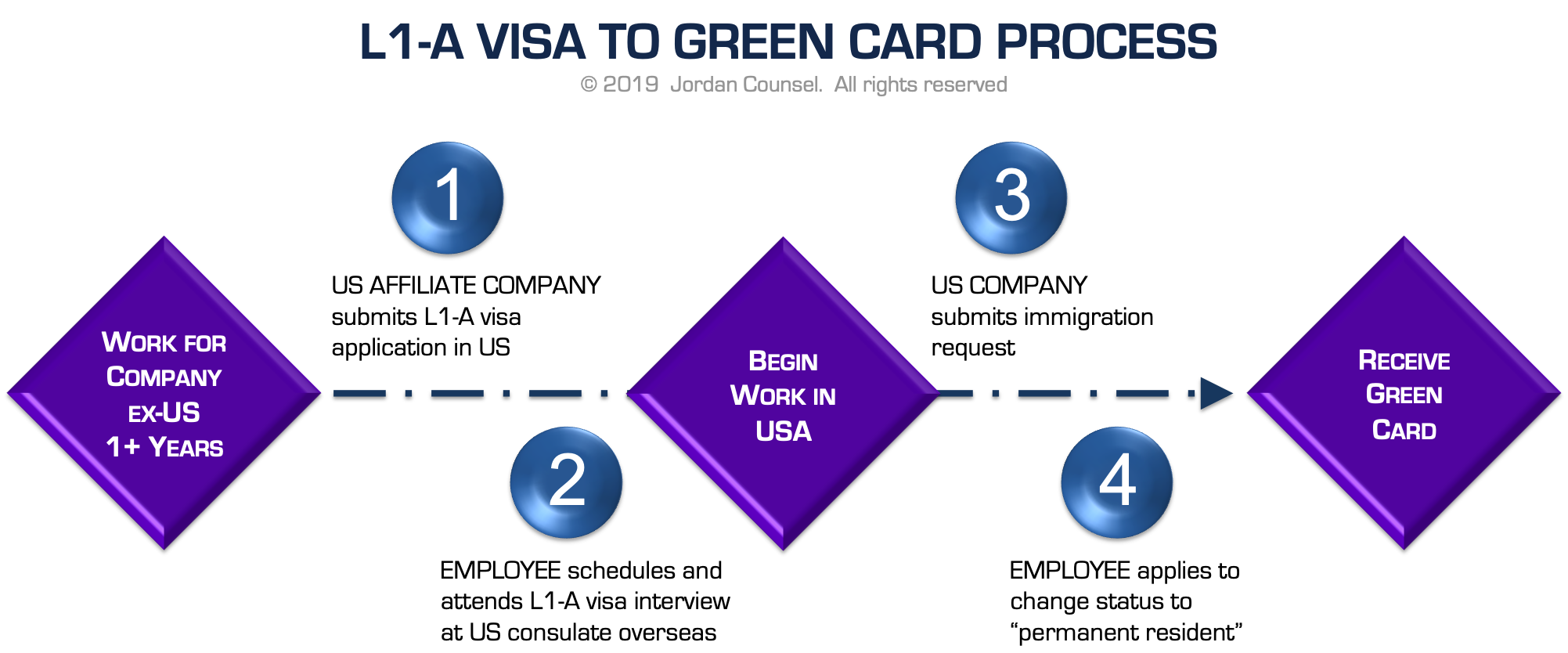L1 Visa Timeline
The Only Guide for L1 Visa
Table of ContentsThe Best Guide To L1 VisaIndicators on L1 Visa You Need To KnowRumored Buzz on L1 VisaNot known Facts About L1 Visa8 Simple Techniques For L1 Visa
L-1 visas are readily available to employees of an international company with offices in both the USA and abroad. L1 Visa. The visa permits such international workers to relocate to the firm's United States workplace after having actually worked abroad for the company for at the very least one continuous year within the previous 3 before admission in the USOne L-1 visa can permit numerous workers entry into the United States.
In 2019, Indian nationals received 18,354 L-1 visas, accounting for 23.8% of all L-1 visas provided in 2019. According to USCIS information, the largest companies to receive L-1 visas in 2019 were Tata Working as a consultant with 1,542 approved L-1 visa applications, Infosys with 517, Amazon with 455, Cognizant with 382, and Deloitte with 305.
Congress produced the L-1 visa in 1970. The original visa called for that the job tenure match straight prior to applying for the company transfer.
L1 Visa - An Overview
Major Indian outsourcing firms such as Tata, Infosys, and Wipro progressively utilized the L-1 copyright team American multinational companies. Fifty percent of Tata's employees gave the United States came on L-1 visas. The North American Free Trade Arrangement had stipulations regarding intracompany transfers between the U.S., Canada, and Mexico.
In 2003, the Senate Judiciary Committee held a hearing on the L-1 visa. In monetary year 2004, the number of L-1B visas surpassed the number of L-1A visas.

Applicants that are in the United States at the time of the filing of the I-129 can ask for an adjustment of standing from their present nonimmigrant status (i.e. visitor, student, etc), so long as they are in standing at the time of the declaring of the I-129. If they head out of condition after the filing, however prior to authorization, there is no unfavorable consequence, and the individual does not accrue unlawful existence.
Kids of the primary L-1 can go to school. The partner of the key L-1 has an automatic right to function in the United States.
Not known Factual Statements About L1 Visa
An I-797 Notice of Activity showing the approval of the visa request does not guarantee that a visa will certainly be issued at the U.S.

An Unbiased View of L1 Visa
For an L-1 visa candidate, "dual Intent" is enabled: unlike some courses of non-immigrant visas (e.g., J-1 visas (L1 Visa)), L-1 applicants may not be denied a L1 Visa process visa on the basis that they are an intending immigrant to the United States, or that they do not have a residence abroad which they do not intend to abandon
Renewal in the United States applies to status only, not the real visa in the copyright. copyright renewal, the applicant needs to go to an U.S
An alien can not leave the United States and after that reenter without a valid L-1 visa, and must show up directly before a consular policeman copyright issuance.
L1 Visa Fundamentals Explained
A person in L-1 condition generally might function just for the requesting business. If the L-1 employee enters based on an L-1 covering, however, it normally is feasible for the employee to be moved in the same capability to any other relevant firm provided on the covering. The L-1 visa program has actually been criticized for numerous reasons.
In one example, The U.S. L1 Visa process Department of Labor fined Electronics for Imaging $3,500 for paying its L-1 visa employees $1.21 an hour and functioning some of them approximately 122 hours a week. Some sector reps have implicated firms of using the L-1 program to replace U.S. workers. Detractors and government officials have pointed out how the visa program does not define "specialized knowledge" for foreign workers in the L-1B visa category.